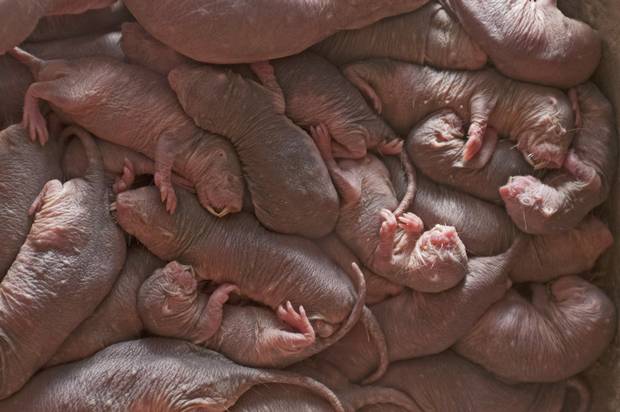Eusocial Behavior
Biology 342 Fall 2014
Karl Menzel and Allie Buckner
The Birth and Development of a Eusocial Animal
Pheromone Secretion of Breeding Class
At birth, all members of a termites colony have the ability to reproduce. If they all were to act on this ability, the genetic similarities in the colony would be upset. To protect the unity of the colony, the queen will secrete pheromones that suppress the reproductive abilities of the workers. Though this has been implicated in many eusocial colonies, honey bee queens , and more recently ant queens, have had the pheromone identified. The queen pheromone identified by Holoman et at. was found on both the queen and her eggs. Holman et al. found that workers showed reduced aggression toward objects with that pheromone. Similarly, Formesyn et. al. have found a connection between caste differentiation and worker fertility. This shows that there is a biological difference between social castes that affects fertility.
Displays of Aggression Lead to Social Status
When a colony is left without a queen, usually due to death, females will become incredibly aggressive toward each other and vie for the role of the new queen. Even though they may be closely related, each wants to pass on their own blend of genes. For naked mole rats, the largest and most aggressive female will become the next queen. To do so, she will fight with other females, and even stretch her spine to make herself longer. Once she has gained control she must reduce the likelihood of other females making a grab for power by demonstrating her power. Many small acts of aggression are less costly than having to fight with throne usurpers.
Sources used for this page in order of section:
